Training Days
If slower travel and taking fewer, longer vacations is the future of travel, then the train is the way to go.

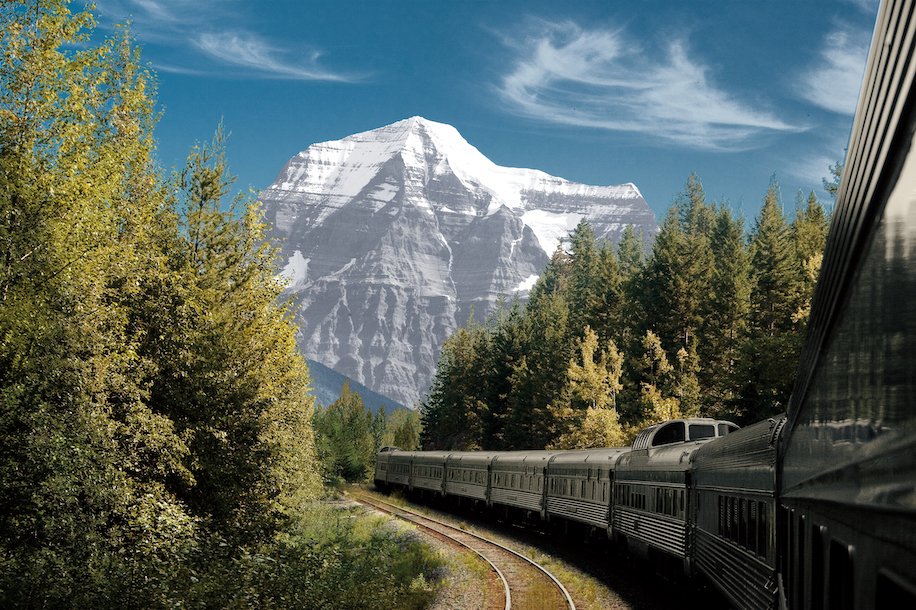

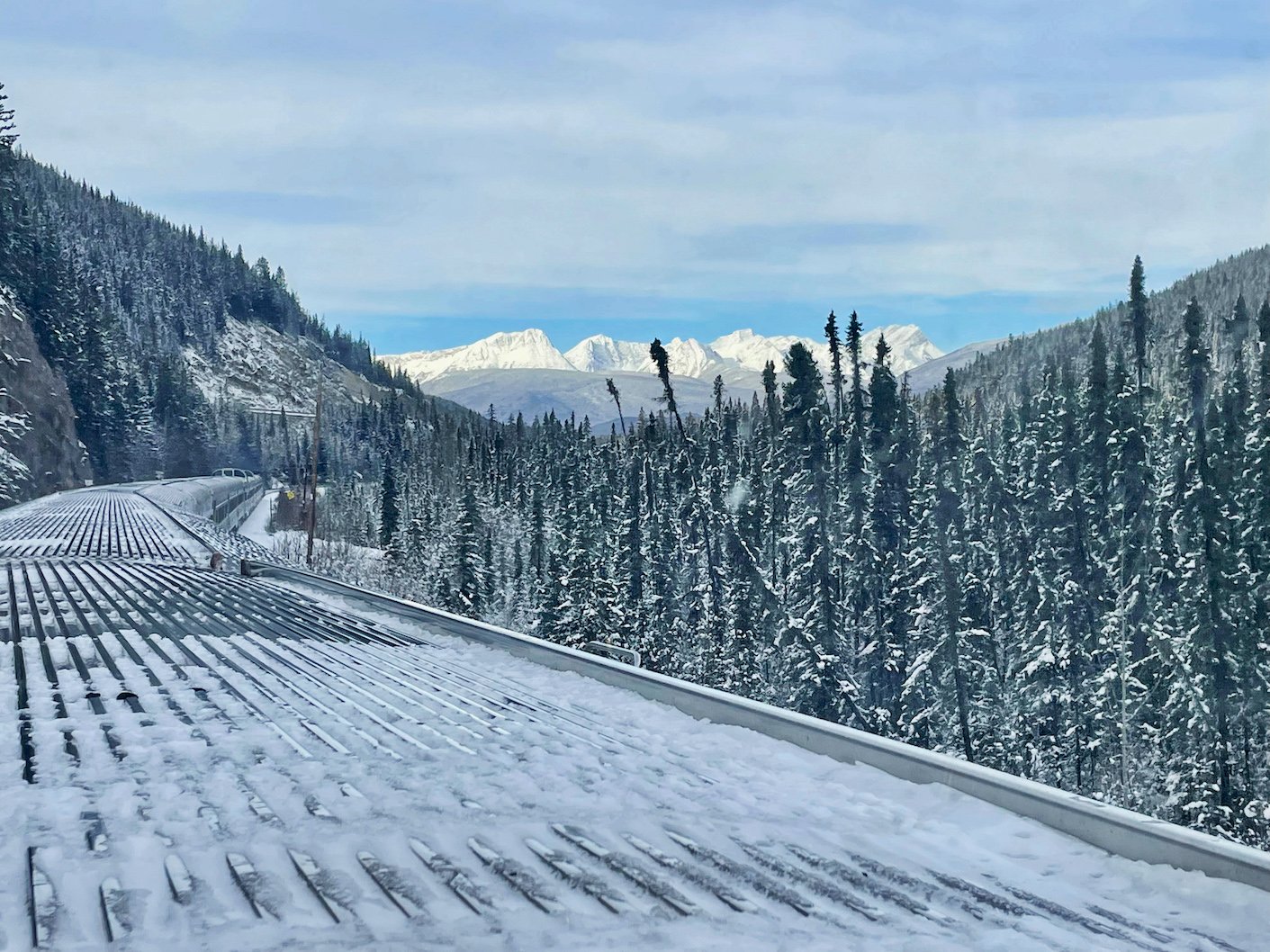
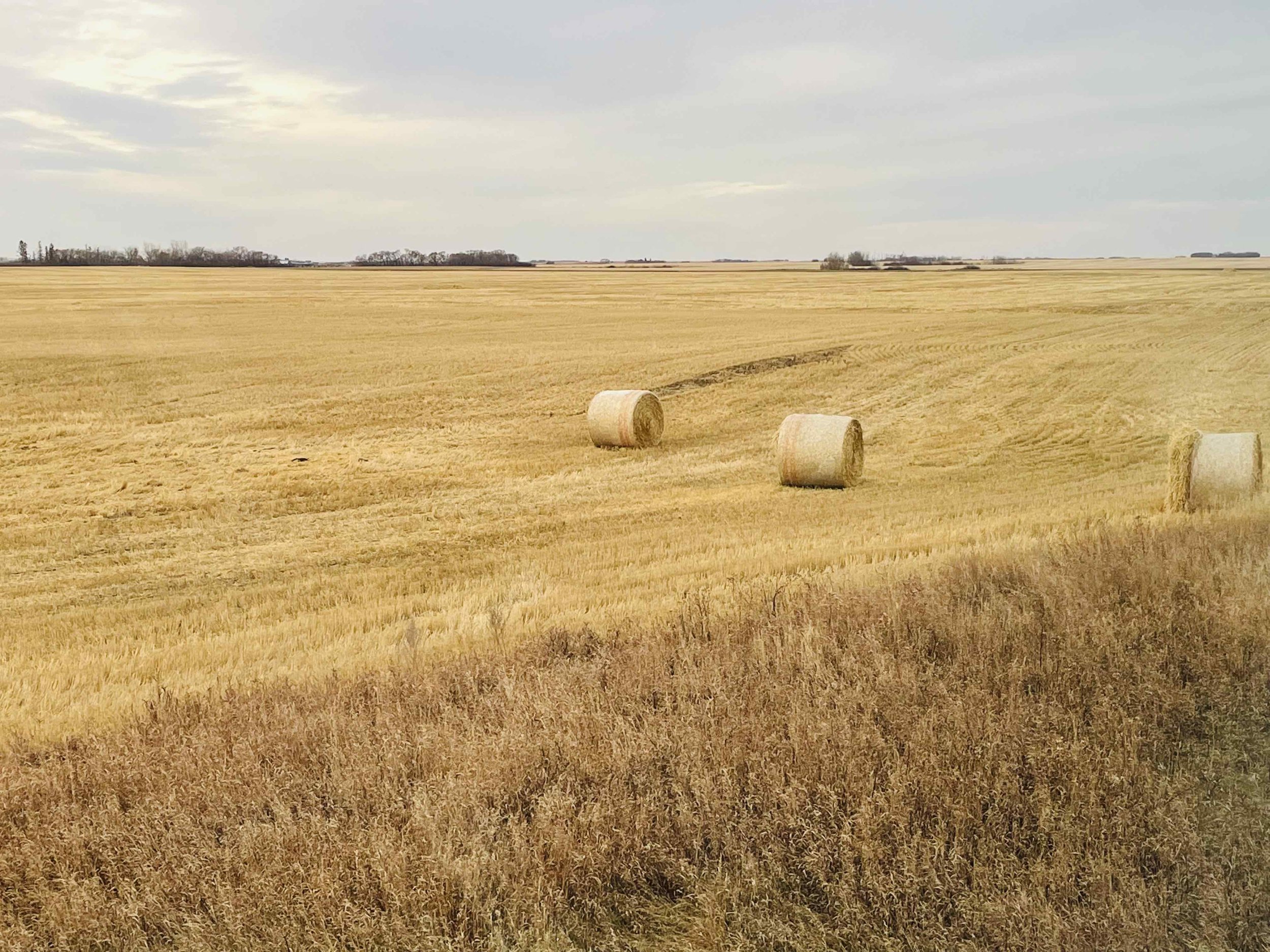

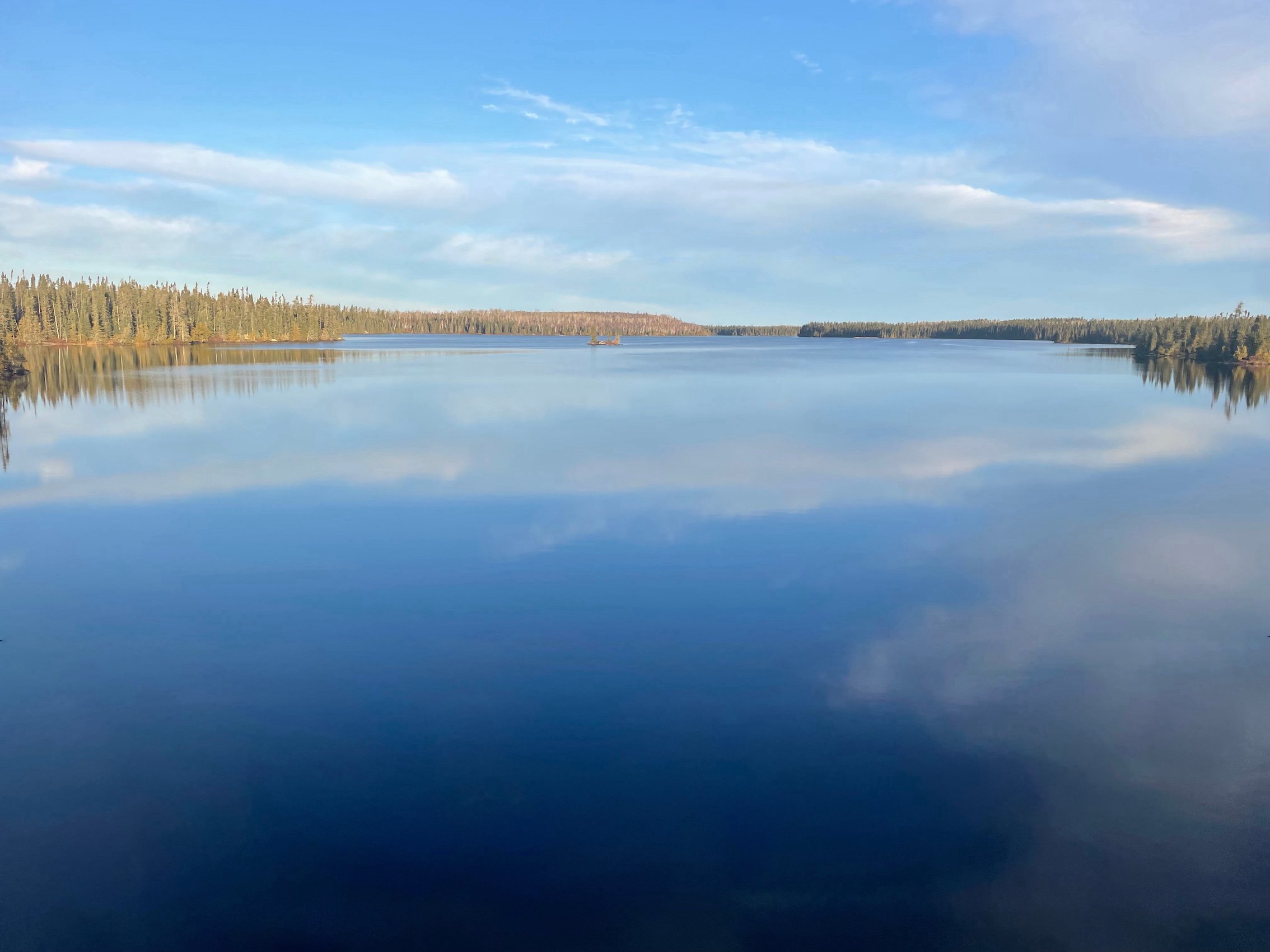
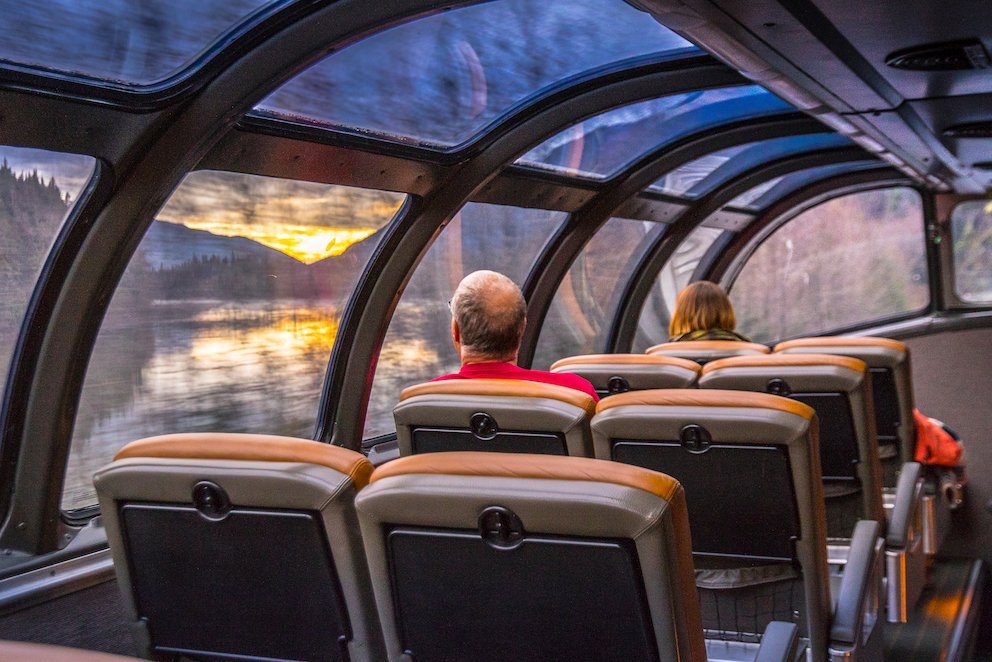
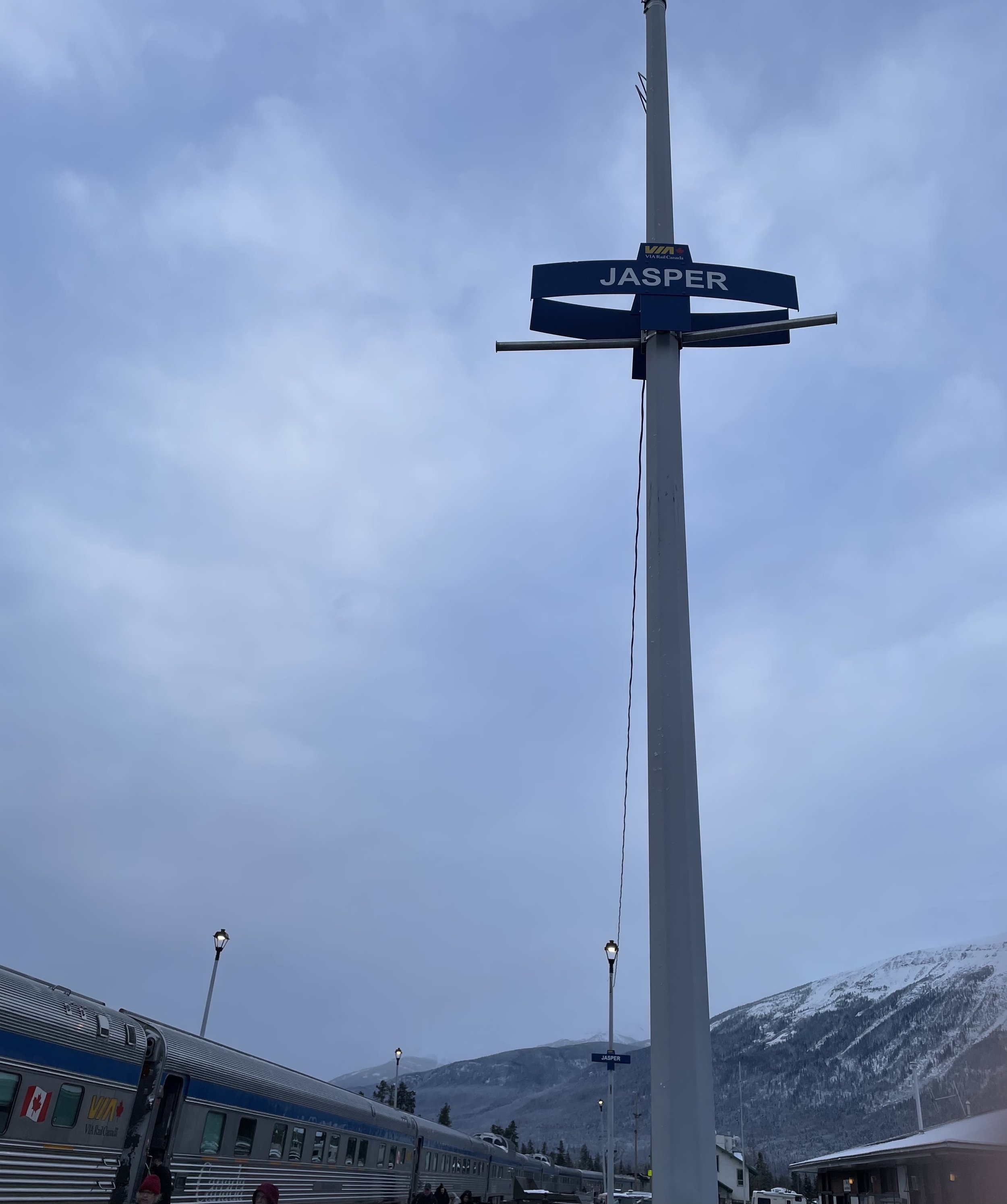
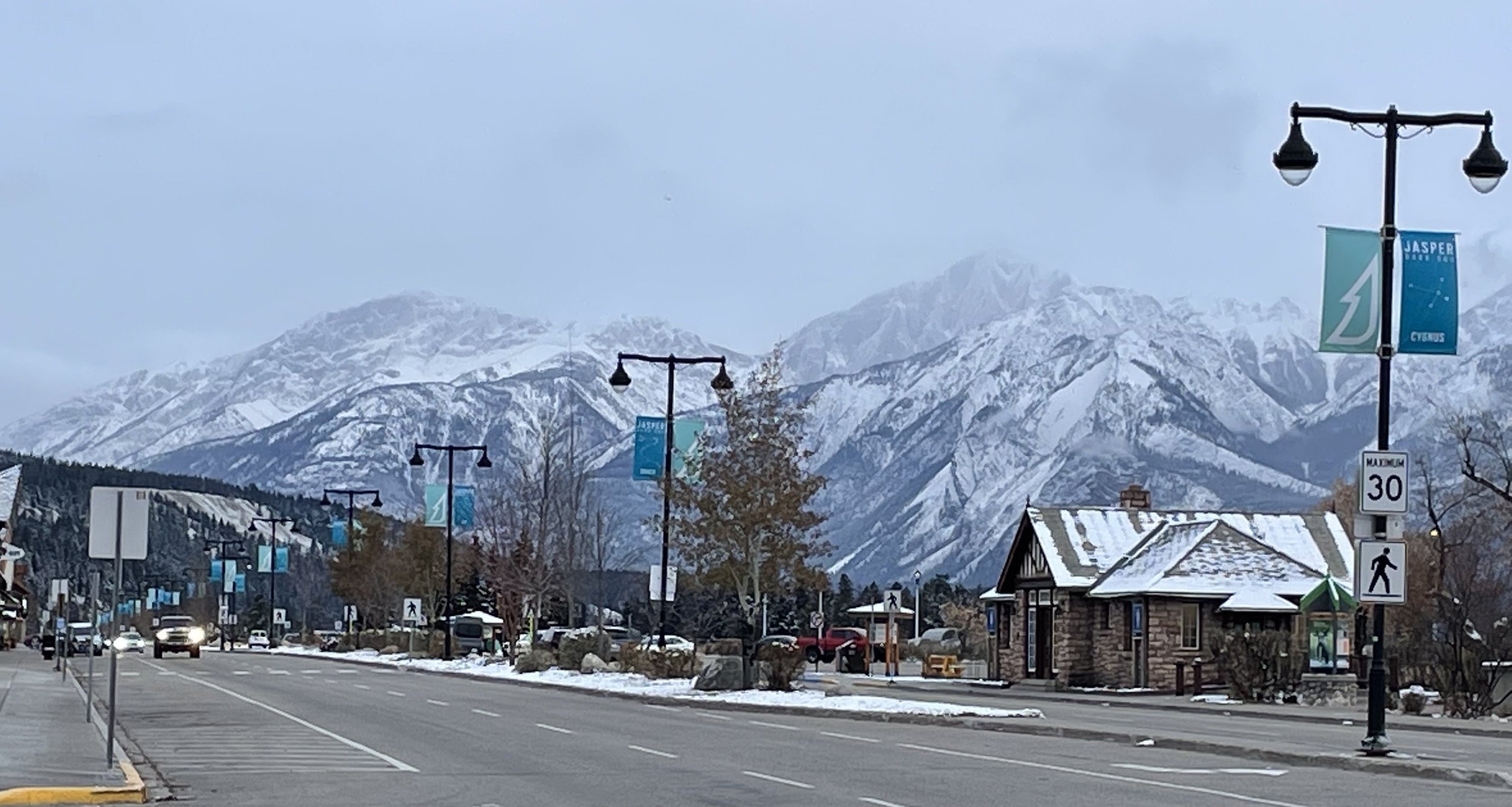
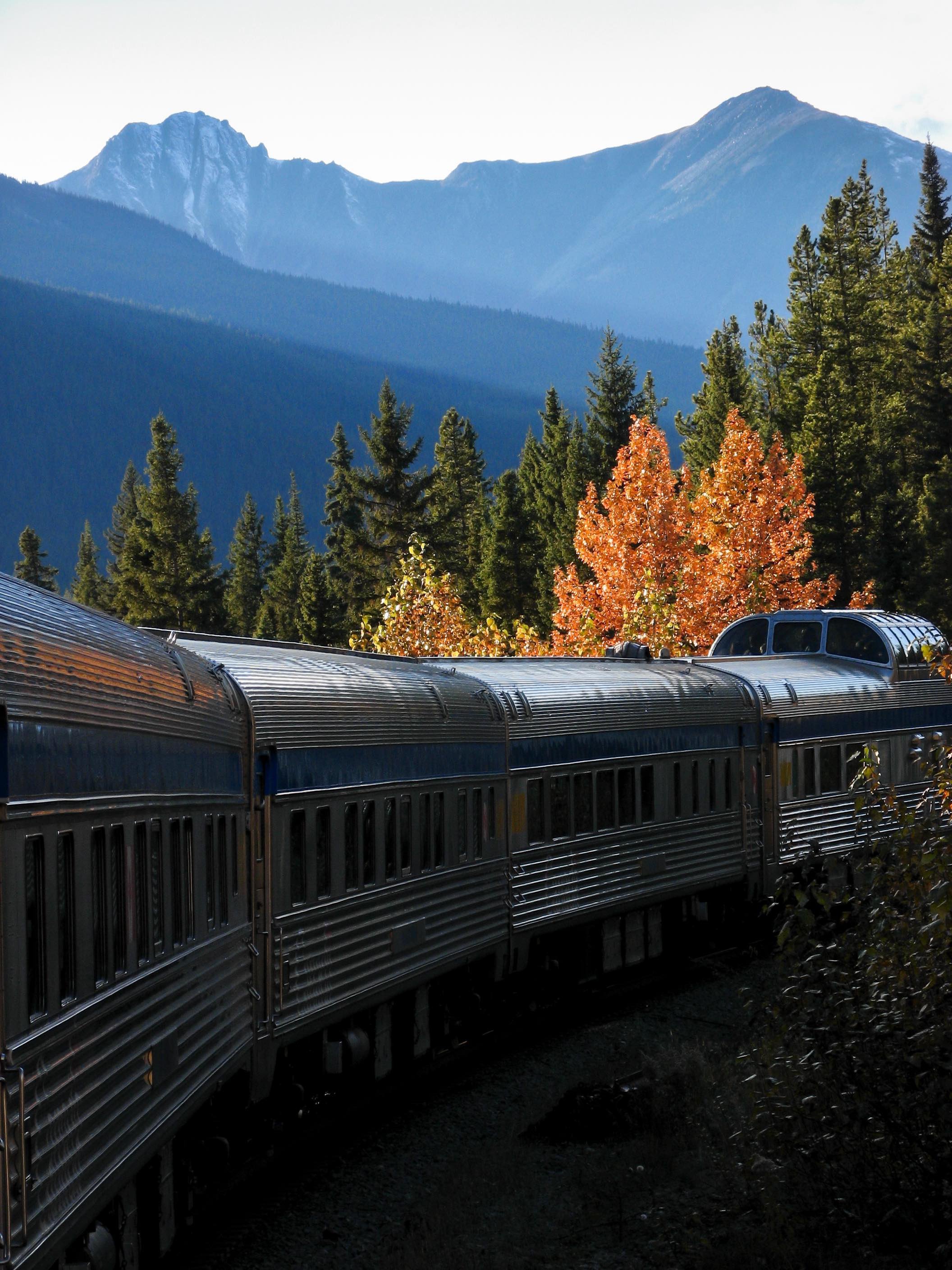

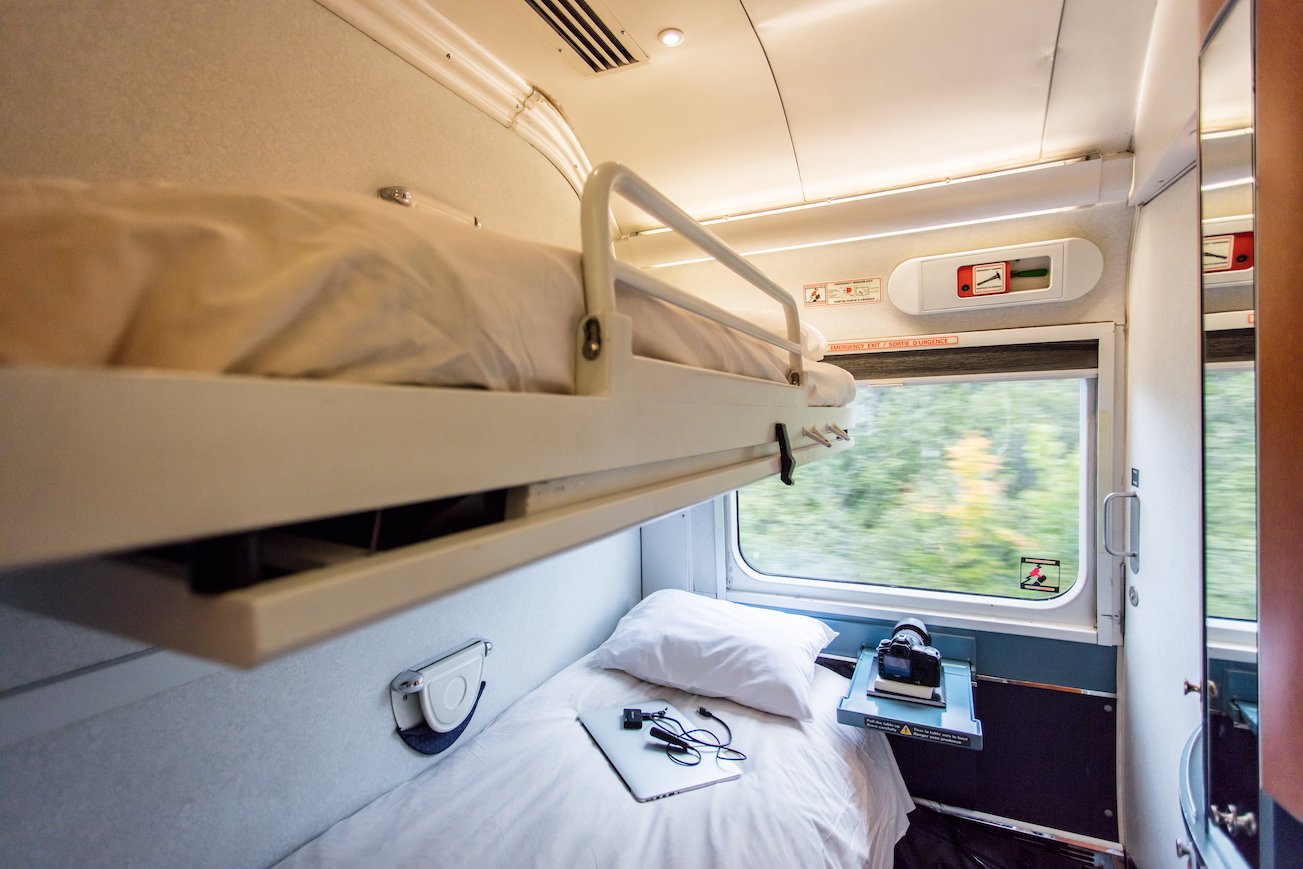
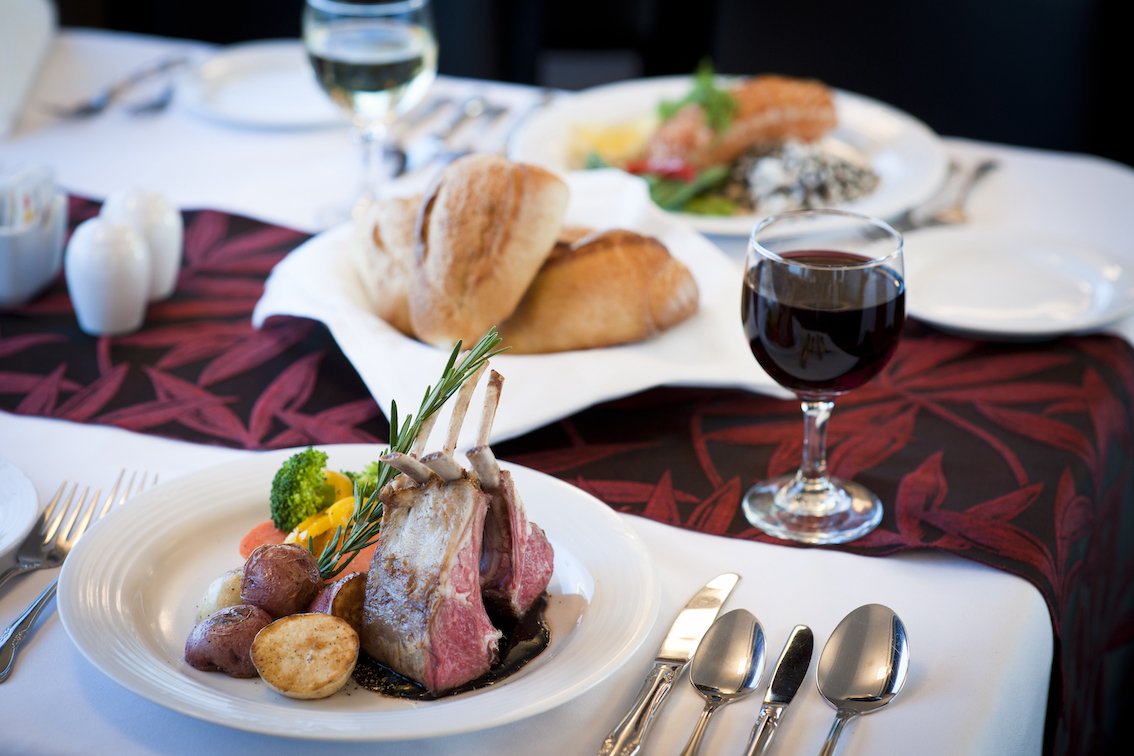
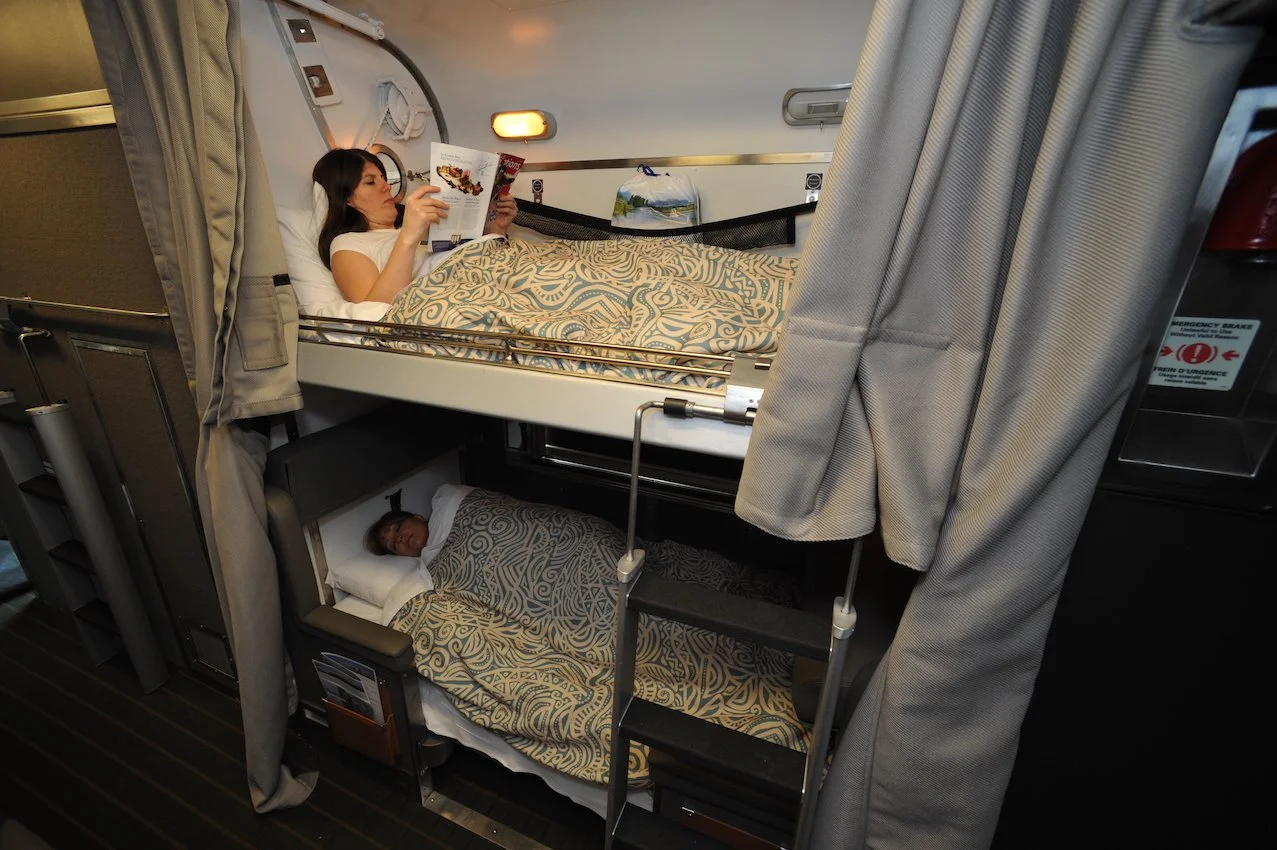
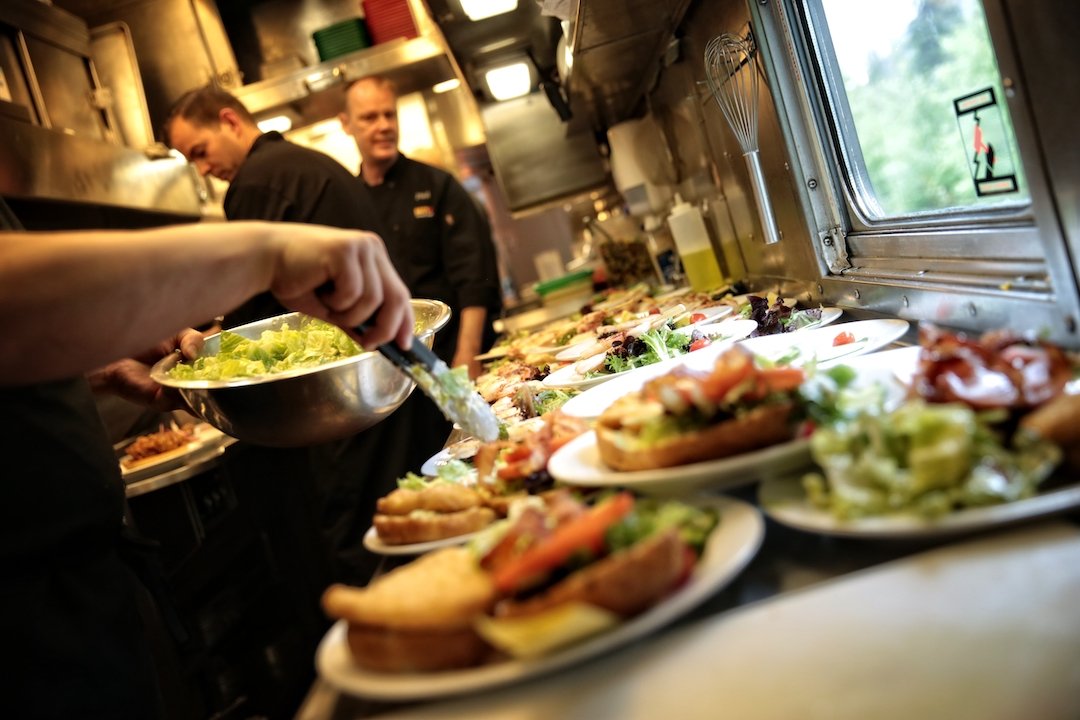
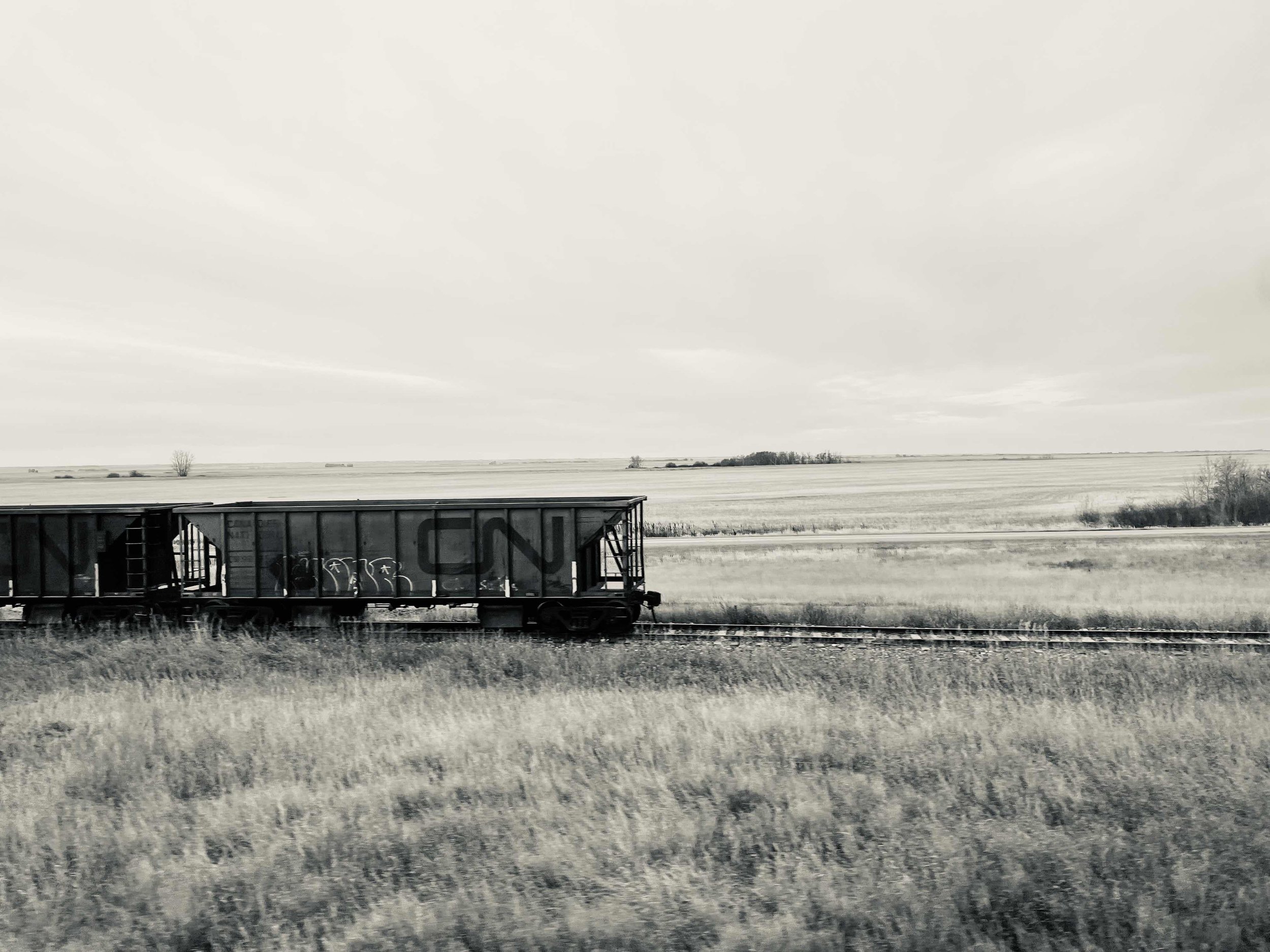
Do you plan on being in Canada in the next little while – or next few years? Would you like a low-key, relaxing way to see more of the country than just Vancouver and Toronto, from closer to the ground than 39,000 feet in the air? If yes, Via Rail may have just the ticket.
“Huh. We’re behind schedule on another hard day of staring out the window.”
That’s the phrase that best describes a train trip from (almost) one side of Canada to the other. Sure you can nap; the persistent ka-chunk, ka-chunk, ka-chunk of the cars riding the rails is spectacularly lulling (berth, bunk or bed, you’re going to sleep like the dead overnight). Lots of people read. There are always board games and, of course, a bar car. But guaranteed you’ll spend most of the day staring out the window – just gazing at the vast, flat prairies, bushy, old growth northern Ontario forest, looking for moose (in the east) and elk (in the west), and some of the world’s highest mountains. All of this is, somehow, utterly mesmerising, and it’s never the same view twice, from province to province, season to season, year to year.
Long distance train trips are making a comeback for their essential sophistication, relaxing vibe and lower carbon footprint. And there are plenty to choose from: The granddaddy of them all, the Orient Express from Paris to Istanbul, the more harrowing Trans-Siberian Express (if Russia’s still on your bucket list), The Indian Pacific or The Ghan in Australia, the Andean Explorer up high in Peru (fingers crossed), the Blue Train through South Africa – and those are just the well known ones. Train travel is de rigueur across Europe, and even the Americans, who tried to murder train travel with Interstates back in ’50s (the same ones that have contributed to the demand for carbon neutrality), have a few cool journeys left. Canada has good ol’ Via Rail and its signature ride: The Canadian.
“Well there are stops, but they’re not necessarily stations.”
That’s how one of the crew on Via Rail 001 describe some of the “stops” on the train’s 4,466-kilometre trundle across Canada and past some of its least crowded corners. Stops like Ruel, Redditt and Biggar are often identified simply by a wooden post with a simple black and white sign nailed to it. No word of a lie, people got off in these remote locations; as touristy as the ride is, it’s a working transit line that often provides the only service to some of these spots – often by request. A siu ba on tracks if you will. If no one’s going home to Copelands Landing, the train speeds right on by. In case you forgot, Canada is really big. Like, really, really big. It will take you two solid days to drive from Toronto to Vancouver non-stop, going the speed limit and going the “short” way through the US, and that doesn’t really go to the very end (there’s no train to Newfoundland). The Canadian travels four days and four nights (going west) through northern Ontario, Manitoba, Saskatchewan, Alberta, over the Rockies and through British Columbia (50% of the country’s provinces), from Toronto Union Station to Vancouver Pacific Central. It’s quite a ride.
Like so much in life, The Canadian is hierarchical; it’s broken up into clusters of travellers who start to find their packs after Day 1. Let’s face it, Prestige Class (rolling MO rooms) is dominated by seniors who have both the time and, more crucially, the money to travel in high style. Economy is the freer-wheeling student section where you’ll find backpackers and locals making the “short” hop from Winnipeg to Mennonite country (toilets, no showers). In between you’ve got Sleeper Class and its options of either private cabins for one, two or four, or berths, essentially Murphy beds that drop down from the side of the car – a literal turn down service if you will. Unlike Economy, food is included in the price of a ticket, and there’s a shower in each car. Showering on a moving train can be… onerous.
“Oh, we’re never getting up the mountain without that second engine.”
Whatever your class, one thing binds all passengers: The Canadian is inherently social. You can try and avoid everyone else, but it’s not easy on a rolling tin can (a very nice tin can, with linens and toilets) with no way out for four solid days if you don’t get off somewhere and get the next train through, roughly four days later. Passengers on their own or in pairs will find themselves at dinner with strangers. Remember that thing about finding your pack by Day 2? Via’s (probably) overworked and (probably) underpaid conductors are, nonetheless, a certain kind of hospitality worker. You want stories? They’ve got them. First seating for meals a bit too early for you? Be nice and they’ll fix you up. And most importantly they pay attention. If the conversation isn’t flowing at lunch on Day 1, you’ll never sit with those other folks again. That’s not service; it’s ESP. But it also makes the journey more enjoyable.
If you are going to save your coins and take the plunge, Toronto to Vancouver is the direction to go in, mostly because the Rocky Mountains are the last major stop before the end of the line, and the build-up to them adds to the experience. Pulling out of Toronto Union, in the middle of the city, is pedestrian; the train sweeps past the industrial outskirts and doesn’t feel much different from being on the highway. But a few hours later you’re well into Ontario’s forest region (autumn is the time to travel if you want to see what colour the season really is), whizzing past crystalline lakes and throwback small towns. This is also the place to spot beavers, a proud and noble animal/asshole (look them up). Good luck with that. Ontario gives way to the Prairies and the ridiculously fiery sunsets and horizon for as far as the eye can see. There’s nothing there, but it’s almost impossible to take you eyes off it. Finally the land begins a gentle incline and starts bleeding into mountains. Jasper is the last real stop, three hours if you’re running on schedule, timed to pull into the little station early in the morning. You’ll have time to hit a café (real coffee!), some kitschy souvenir shops and a supermarket for snacks to get you through the day. Our trip had just over one hour because one of the train’s two engines conked out somewhere between Viking (!) and Edmonton the day before. And as a jaded but cheerful porter noted, you really need that second engine.
“Farms times a thousand. Lakes times a thousand. Trees times a million.”
The buzz that notably starts at Jasper is a signal of the beginning of the end, so to speak. It’s literally downhill from there, and the last kilometres barrelling towards Vancouver fly by faster than expected and leave a vaguely melancholy mood. For most, at several thousand dollars, The Canadian is something that’s done once. But it’s worth the effort, if only to get even a glimpse of some parts of a gigantic country that you might not otherwise.
The train gets “serviced” at key stops along the way (Sarnia, Winnipeg, Saskatoon, Edmonton, and Jasper) to get cleaned and maintained, swap crews and, presumably, pick up provisions. In the Sleeper sections, fares include three meals each day, which are surprisingly diverse and generous, always with a vegetarian choice. Expect trainspotters along the route, which it should be noted, rolls over the ancestral home land of over 250 First Nations. Just sayin’. Finally, do not expect a WiFi signal 24/7. Grab one at major stations when you can. Or better, still. Just log off and stare out the window.
The Canadian
Where: Toronto Union Station < > Vancouver Pacific Central Station
Hours: Departs Toronto Sundays (4 days, 1hr, 5mins); Departs Vancouver Mondays (3 days, 20hrs, 29mins). Sunday & Wednesday / Monday & Friday peak summer
Economy starting at CA$509 (HK$3,000) from Toronto, off peak; Prestige Class from CA$9,962
Closed: N/A
Details: The Canadian, www.viarail.ca
